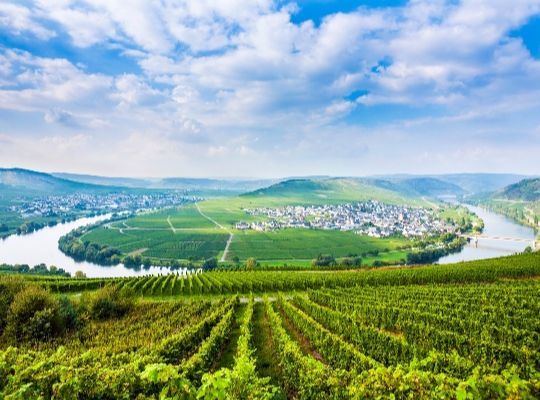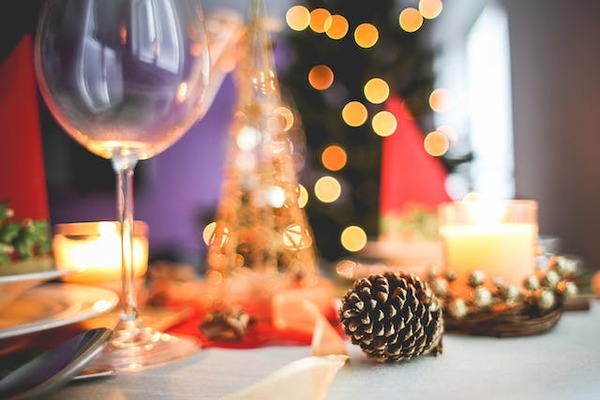
For years the globalisation of the wine industry has meant that international grape varieties have thrived. The supermarket shelves are lined with homogenised labels touting Sauvignon Blanc or Merlot from all corners of the world. Most of these grape varieties originate in France, their style and characteristics known and loved by consumers worldwide. It’s not a surprising decision on the part of wine producers, given the cost and work it takes to turn grapes on a vine to a bottle of wine. The prospect of gambling on a grape variety nobody has ever heard of is not a risk many of the big players are willing to make.
We are however always on the look-out for the “next big thing” in the wine world, the new New Zealand Sauvignon Blanc or Argentian Malbec. There are over 10,000 grape varieties out there just waiting to be tried! Often the most interesting wines come from indigenous grape varieties from the country where they are produced.
Italy alone has over 300 native grape varieties to explore. The best thing about native grapes is that they have evolved, often over centuries, to be perfectly suited to the climate and environment in which they are grown. A great example of this is Fiano. Fiano is widely grown in southern Italy and particularly in Campania. It has an aromatic fragrance of wild flowers and tropical fruits with honeyed notes and a hint of spice. It has grown for hundreds of years, first mentioned in the 13th century. It is also rumoured to have been the grape that the Romans used for their wine called Apianum. It thrives in the volcanic soils of the Apennine mountains and winemakers often use lees ageing to add richness and complexity.
Austrian wines suffered after a scandal in the 1980s found that some rogue winemakers were adding diethylene glycol to their wines to give the appearance of body and sweetness. Diethylene glycol is a poisonous ingredient found in anti-freeze, so its no surprise it decimated the industry for a while. The good news is they now have some of the highest quality standards in the world and there are some fantastic cool-climate grape varieties to discover. The indigenous black grape called St Laurent is grown in the warmer regions of Burgenland and Niederösterreich. St Laurent has a deep colour with flavours of dark cherries and smooth, silky tannins, sort of like a souped-up Pinot Noir.
The queen of indigenous grapes in Romania is called Feteasca Regala. It’s a white grape who’s name roughly translates as “royal maiden”. It is one of the country’s most widely-planted variety. It’s well suited to the continental climate of the Dealu Mare and Transylvania wine regions and produces a wine which is quite rich in style with green apple and tropical fruit flavours. Its susceptible to noble rot, a technique used to make sweet wines and is often made in an off-dry style as well.
Pais is not technically indigenous to Chile but it has been there for a while. Plantings of the grape go back to 1520 when it was brought over by the conquistador Hernan Cortes and cultivated by Spanish missionaries. For many years it was seen as a low quality, high yielding grape just used for rustic table wines. When the grapes are carefully managed though, it can make light, fresh and fruity wines similar in style to Beaujolais.
Four native varietals to explore…
Paololeo Fiano del Salento, £9.99, Waitrose
Made from low-yielding grapes, the flavours of this wine are ripe and succulent tropical fruits, balanced by salinity and freshness.
Heinrich Hartl St. Laurent, £13.99, Waitrose
Barrel-matured for extra complexity, this wine shows velvety black fruits with spice and vanilla notes.
M&S Found Feteasca Regala, £7.00, Marks and Spencer
A dry, aromatic, crisp white wine scented with white peaches, roses and spring blossom.
Morande Reserva One to One Pais, £8.99, Majestic
Juicy and light-bodied with smooth berry notes and a hint of spice.



--600px.jpg)
